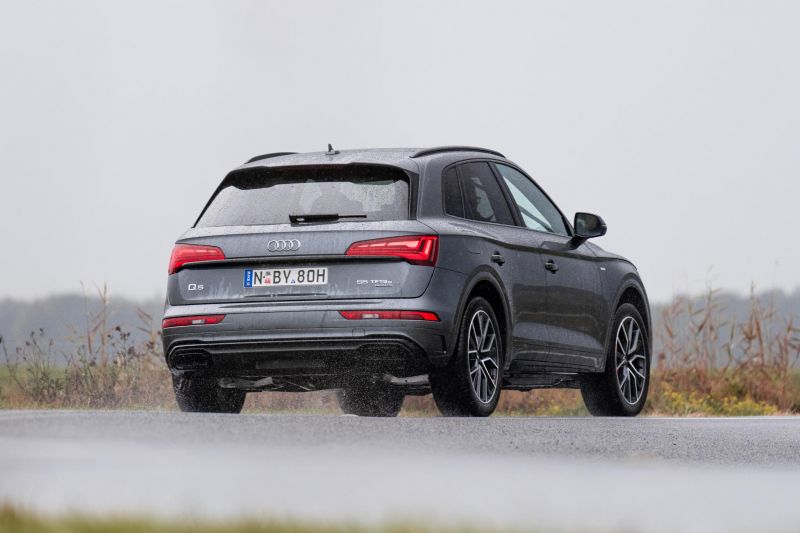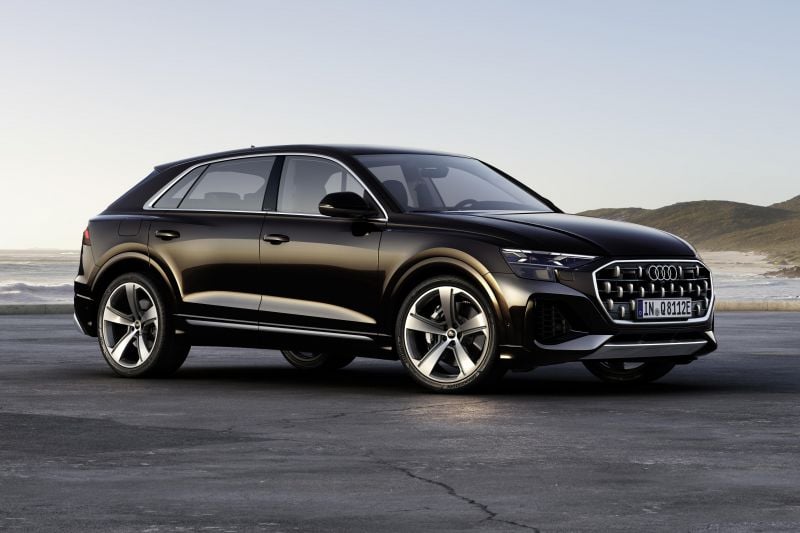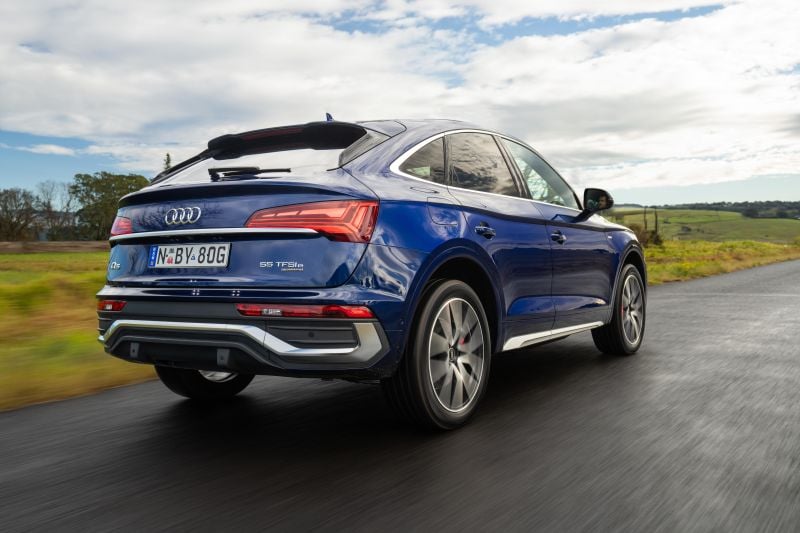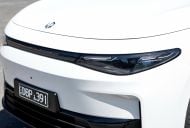With the New Vehicle Efficiency Standard (NVES) just around the corner, Audi Australia says plug-in hybrids (PHEVs) will play an important role in its lineup moving forward.
The NVES will come into effect on January 1, 2025, with penalties to come into effect on July 1, 2025 for manufacturers that can’t meet CO2 targets.
Audi Australia has a wide range of updated and new models due here in 2025, and national product manager Matthew Dale says PHEVs are a “big focus” for the brand in ensuring it maintains breadth across its range.
“The main reason for that is one, reduced emissions, but it offers a choice for people who don’t want to go the full step to battery electric and want a halfway point,” he said.
100s of new car deals are available through CarExpert right now. Get the experts on your side and score a great deal. Browse now.
Under the NVES, car companies have a CO2 target that will get stricter each year. If they meet or beat it, they’ll receive credits.
If they miss it, they can either trade credits with a different company, make it up over a set period, or pay a penalty of $100 per gram of CO2 per kilometre over their target.
Audi currently offers just two PHEVs in Australia: the Q5 and Q8. It hasn’t confirmed whether it plans to introduce PHEVs to other model lines locally.
In Europe, it offers a much wider range of PHEVs, including across the A3, A6, A7, A8, Q3, and Q7 model lines.
And yet while PHEV sales continue to grow in Australia, some brands such as Peugeot are moving away from the technology.
When asked whether Audi Australia is considering PHEV tech for its next-generation models, Mr Dale said, “Definitely.”
“We’re considering all options in going to that broader range of products. We’re looking at all powertrains at this point in time, and they obviously feed into NVES.”
“It’s about looking at that technology and bringing that to Australian customers.”
Among those options is Audi’s new ‘mild-hybrid plus’ tech, which has been labelled an evolution of the brand’s current mild-hybrid systems. In short, it adds an additional motor and a larger battery, which allows for electric-only driving at speeds of up to 10km/h.
That tech will be offered alongside typical mild-hybrid and PHEV drivetrains, with the expansion of the latter set to be a priority for Audi as the e-tron electric lineup grows.
“[Customers will] also have the benefit of our work with plug-in hybrids, like with the Q8 60 TFSI e we’ve upgraded the battery size, so we will see that pure EV range grow over time to a more significant range,” Mr Dale said.
“At the moment we’re around 50-60km pure EV, which is good for daily trips.
“We know based on a lot of data we’ve been provided by the Australian Bureau of Statistics that 30km is the average commute for Australian consumers.
“So getting 50km or 60km on the WLTP cycle, you can get 30km to 40km in stop/start and things like that with the technology now. [We expect to move] closer to 100km with larger batteries.”
Audi Australia director Jeff Mannering has previously said PHEVs were a good option to help meet NVES, but that the brand wasn’t in danger of missing any targets soon.
“We’re okay at the moment for the next couple of years, even if we didn’t bring any BEVs, our portfolio is okay,” said Mr Mannering.
“But then from 2027, ‘28, ‘29 when the CO2 levels come down – because I think the calculation on average is about one BEV gives you 20 ICE [combustion-powered] cars, around about depending on which engine it is – so you’ve really got to look at efficient engines.”
It’s expected all combustion-powered Audi lines will have the option of PHEV power before the end of the decade.
MORE: Audi Australia preparing for 2025 model onslaught
MORE: How Audi plans to meet tough new Australian emissions standards










